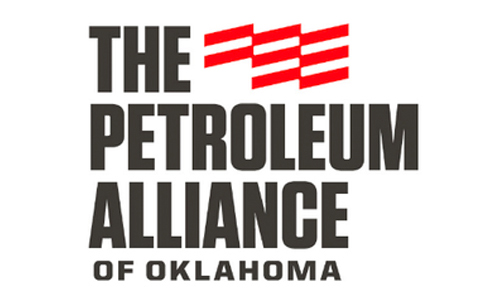U.S Oil and Gas Market Outlook
by John Spears, president, Spears and Associates, has conducted market research in the drilling, completion, and production sectors of the petroleum industry since 1981 for oilfield service firms, operators, and financial institutions.
Continued growth global oil demand and Saudi-led over-compliance by “OPEC” members to cut production under the terms of their December 2018 production accord have prompted a recovery in oil prices since the start of this year. However, worries that a U.S.-China “tariff war” could lead to a slowdown in global economic and oil demand growth are keeping a lid on further gains oil price in spite of ongoing production declines in Venezuela and new U.S. sanctions on Iranian oil exports. This is because US oil output – which rose 2.3 million barrels per day (bpd) in 2018 – is on track to grow of another 2.1 million bpd in 2019, capturing about 150% of the net increase in global oil demand this year.
In response to these supply and demand movements, the key OPEC members (Saudi Arabia and Russia) have signaled that they will continue to restrain output over the balance of this year in an effort to keep global oil inventories near normal and in turn support oil prices.
Longer term, it appears that U.S. oil production could continue to grow at an annual rate of 1.0-1.5 million bpd for several years at its current level of drilling and completion activity. With global oil demand also expected to grow at the rate of 1.0-1.5 million bpd going forward, the U.S. is capable of supplying virtually all the net increase in incremental oil demand for some time. Having tried unsuccessfully in 2015 and 2016 to cripple U.S. shale oil production by pushing oil prices below $30/barrel (bbl) so as to defend its share of the global oil market, we expect that OPEC will continue to be willing to give up market share and constrain its production well-beyond 2019 in order to balance the global oil market and sustain oil prices.
As a result, in the absence of a geopolitical crisis impacting oil supplies, oil prices are expected to remain in the $60-$70/bbl range until the time that the marginal cost of U.S. shale oil development begins to increase as oil operators are forced to turn toward “non-core” acreage in order to sustain/increase output. As operators move outside their core acreage, initial productivity (IP) per new well drilled will fall. How soon and how quickly it might begin to decline is unknown; however, it is apparent that for the U.S. as a whole IP has flatlined since the start of 2017 even as operators have drilled ever-longer laterals and pumped more proppant per lateral foot, so the next move for IP in the U.S. is more likely to be down than up.
U.S. natural gas production is projected to grow 8% in 2019 even though domestic gas use is expected to increase only 2% because gas exports are forecast to jump 24%. Exports are expected to grow another 15% in 2020 as new LNG export facilities come online. However, after 2020 U.S. gas export growth is expected to slow meaningfully as LNG export capacity growth slows down. This is likely to lead to a glut in the U.S. gas market during the early part of the 2020s as gas production continues to grow in the form of associated gas volumes linked to the increase in shale oil output. On an annual basis, U.S. natural gas spot prices could fall to around $2/million btu (mmbtu; from ~$2.50/mmbtu today) which will likely force U.S. gas producers drilling in regions such as the Marcellus and Haynesville to cut their capital spending to “maintenance only” levels in order to protect cash flow.
Over the past year it has become clear that without a line of sight to generating meaningful free cash flow, investor interest in oil companies and oil service firms is very limited. Accordingly, capital spending on the part of both operators and oil and gas service firms will remain disciplined. Drilling and completion activity will likely hold fairly steady as increased activity by oil majors such as ExxonMobil and Chevron looking to grow their shale oil production will be offset by lower spending on the part of highly-leveraged operators (both public and private) primarily focused on production decline mitigation, replacement-only capital spending and leaner cost structures.



